
Gold Karats and Their Importance
Curious about gold karats? Learn the differences between 10K, 14K, 18K, and 24K gold, how they affect durability, purity, and tarnishing risks, and which one is best for your jewelry needs.

Gold Karats
Understanding Purity, Durability, and Tarnishing Risks
Gold has been cherished for centuries for its beauty, value, and durability. But not all gold is the same—its purity is measured in karats, which determines how much actual gold is in a piece of jewelry. The higher the karat number, the purer the gold. However, purity isn’t the only factor to consider when choosing gold jewelry. Durability, color, and tarnishing risks vary between different karats, making it important to understand which one best suits your needs. In this guide, we’ll break down the differences between 10K, 14K, 18K, and 24K gold and discuss how each type performs in everyday wear.
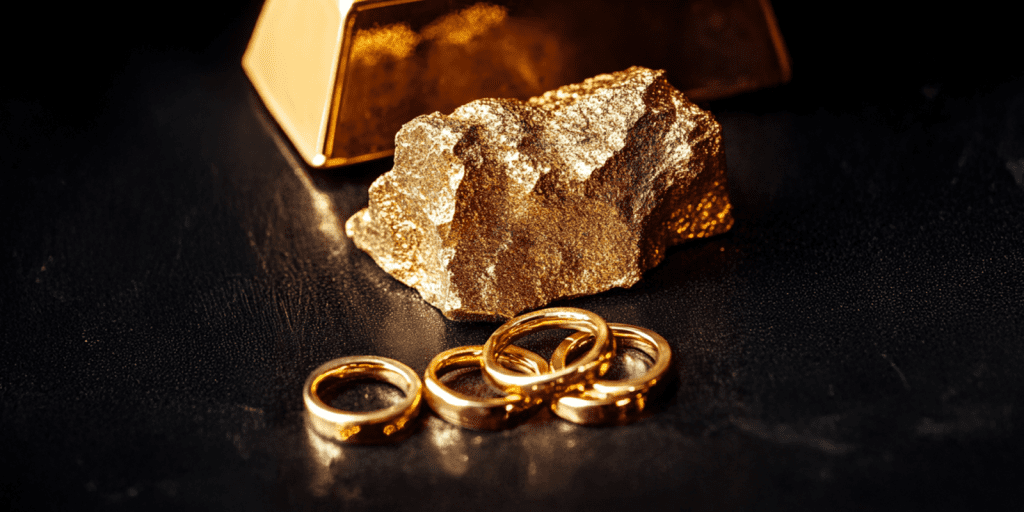
10K Gold: The Most Durable and Affordable
10K gold contains 41.7% pure gold and is mixed with a higher percentage of alloy metals like silver, copper, nickel, and zinc. This makes it the most durable type of gold, as the stronger metals in the mix help prevent scratches and dents. Because of its resilience, 10K gold is commonly used for everyday jewelry, such as rings, earrings, and bracelets.
Aside from its durability, 10K gold is also the most affordable gold option due to its lower gold content. However, it has a paler yellow hue compared to higher-karat gold, which may not be as appealing to those looking for a richer gold tone. Additionally, because of its higher alloy content, some people with metal allergies might experience skin irritation when wearing 10K gold jewelry.
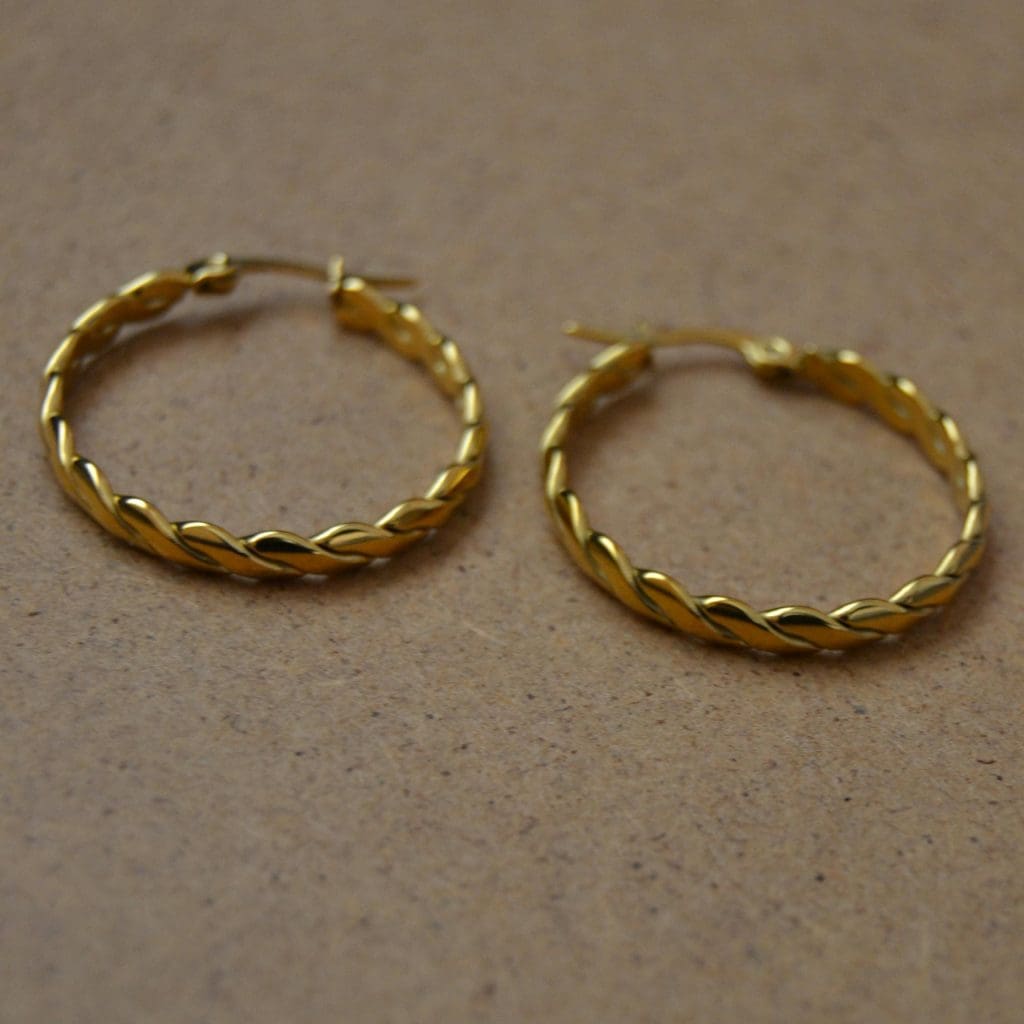
14K Gold: The Perfect Balance of Purity and Durability
14K gold is one of the most popular choices for fine jewelry, containing 58.3% pure gold and 41.7% alloy metals. This composition gives it a great balance between purity and durability. Compared to 10K gold, 14K gold has a warmer, richer color while still maintaining enough strength to withstand everyday wear.
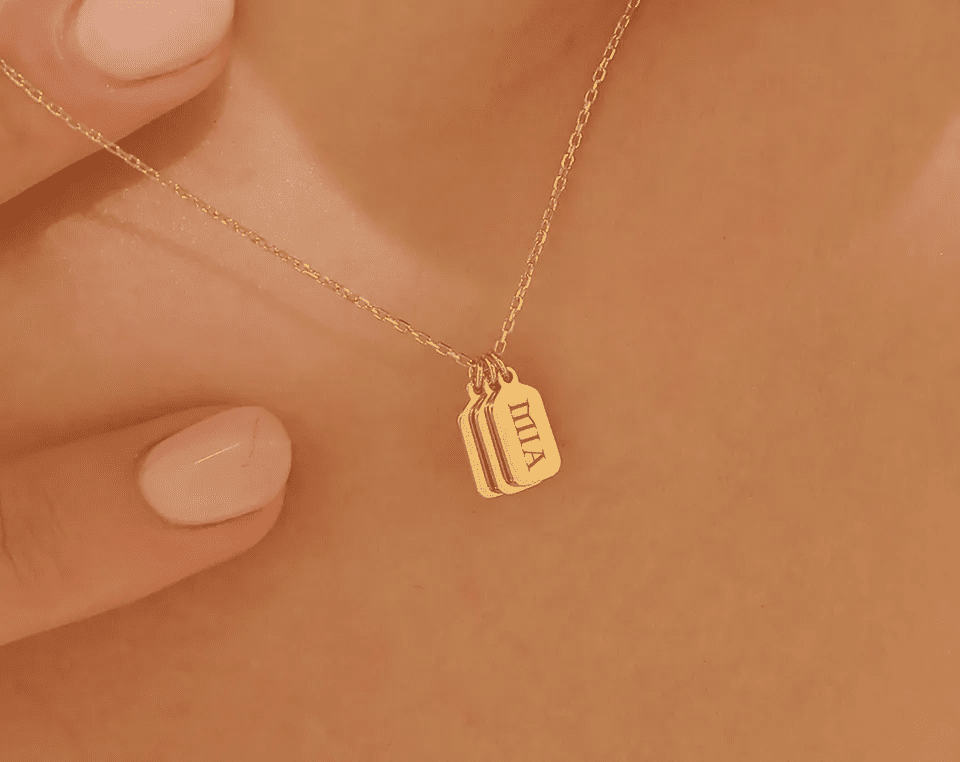
Many engagement rings and wedding bands are made from 14K gold because it offers a luxurious appearance without being overly soft or prone to damage. It’s also a great choice for those who want high-quality gold jewelry that won’t break the bank. While 14K gold is less likely to cause allergic reactions than 10K gold, those with sensitive skin should still be mindful of potential irritation from the alloyed metals.
18K Gold: A Higher Level of Purity and Luxury
18K gold is composed of 75% pure gold and 25% alloy metals, making it one of the finest options for jewelry. It has a deep, rich yellow hue that is highly desirable, especially for luxury pieces. Since it contains more gold, 18K jewelry is softer and more prone to scratches and dents compared to 14K or 10K gold.
Despite its softer nature, 18K gold is still durable enough for fine jewelry, especially pieces worn on special occasions rather than daily. Its higher gold content also reduces the risk of allergic reactions, making it a better choice for individuals with sensitive skin. However, its increased purity comes with a higher price tag, which is something to consider when purchasing 18K gold jewelry.
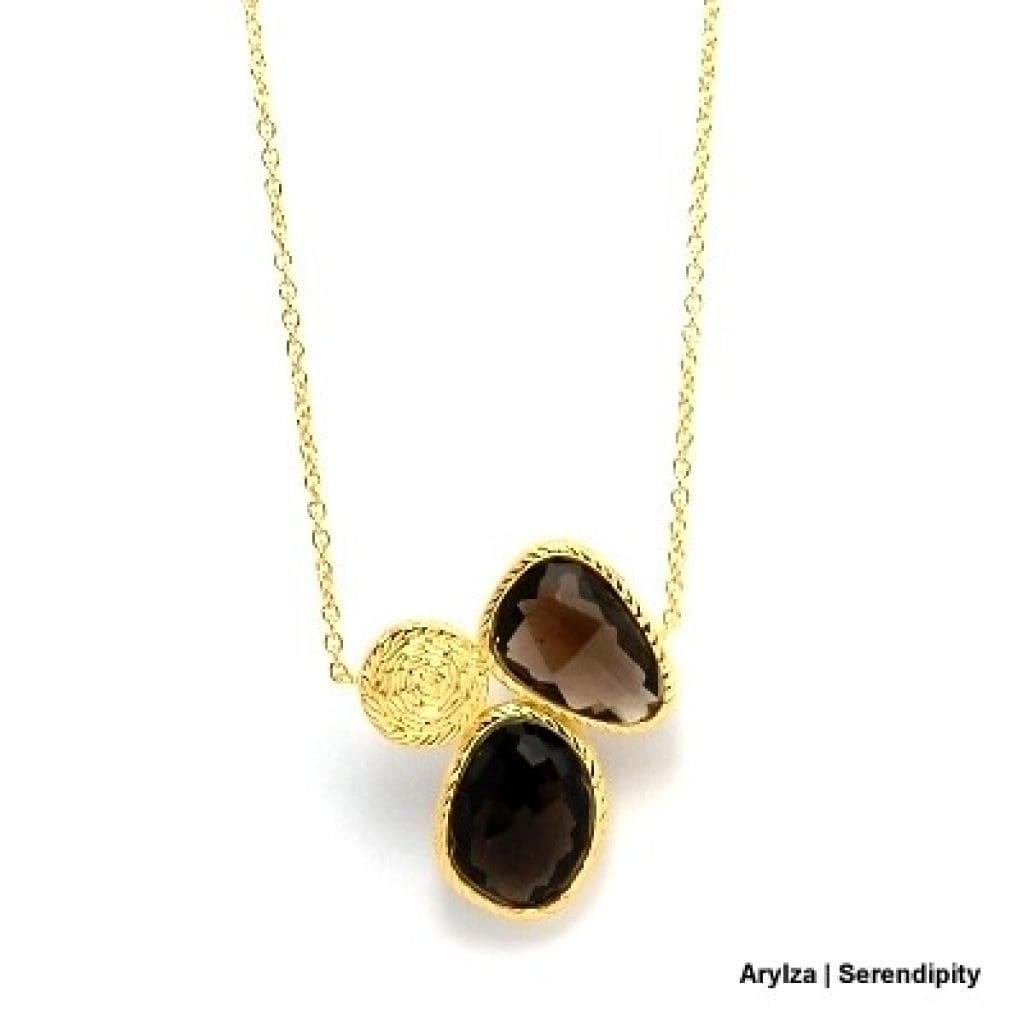
24K Gold: The Purest Form of Gold
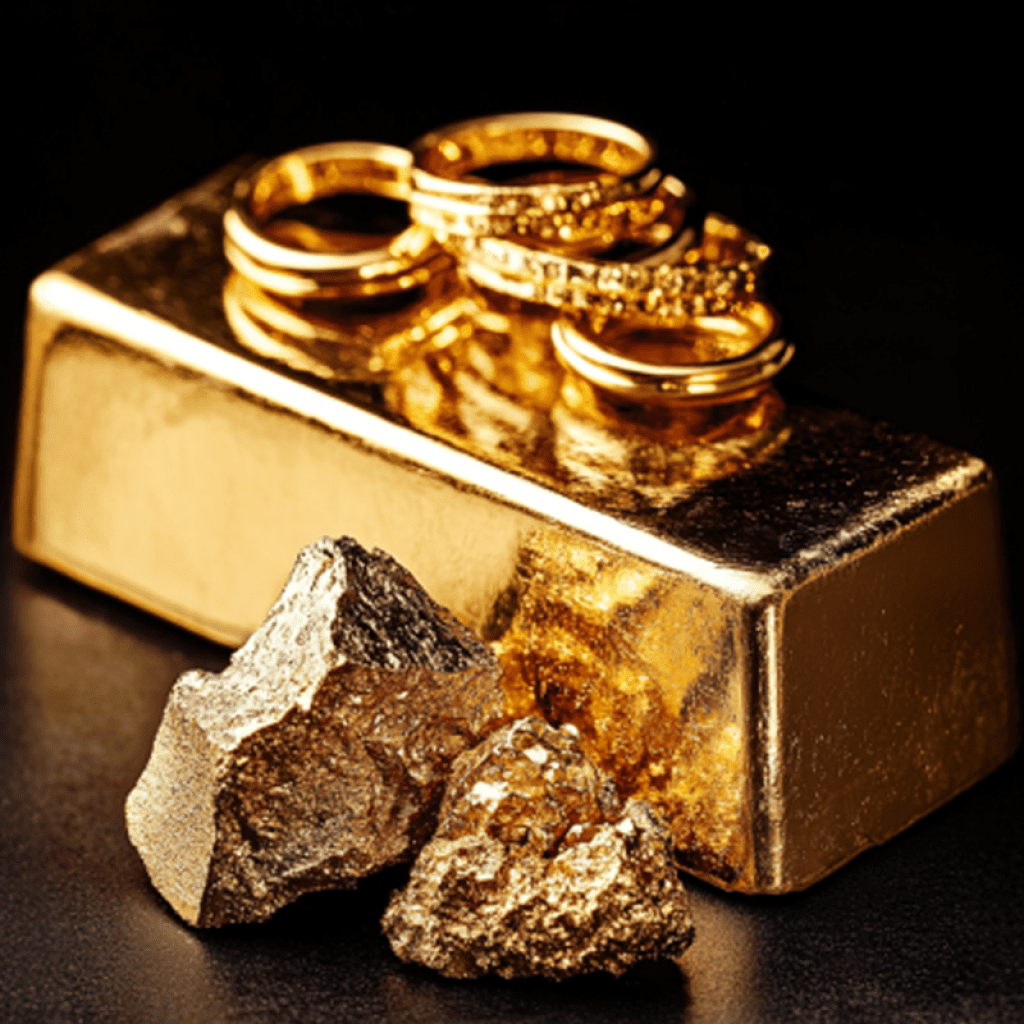
24K gold is 100% pure gold, free from any alloyed metals. It has the most vibrant and intense golden color, making it highly sought after for investment and decorative purposes. However, due to its softness, 24K gold is rarely used in everyday jewelry, as it can easily bend, scratch, and lose its shape.
In many cultures, 24K gold is favored for traditional jewelry, coins, and investment bars. While its purity makes it hypoallergenic, its lack of durability means that it is not the best choice for pieces that will be worn daily. If you’re looking for a long-lasting, practical piece of gold jewelry, 24K gold may not be the most suitable option.
Tarnishing Risks: Which Gold Karats Are More Prone to Tarnishing?
Gold itself does not tarnish, but the alloy metals mixed with it can. Lower-karat gold, such as 10K and 14K, contains a higher percentage of metals like copper and silver, which can react with air, moisture, and chemicals over time, leading to tarnishing. This is why some 10K and 14K gold pieces may develop a slightly darker or discolored appearance, especially if exposed to sweat, perfumes, lotions, or harsh cleaning agents.
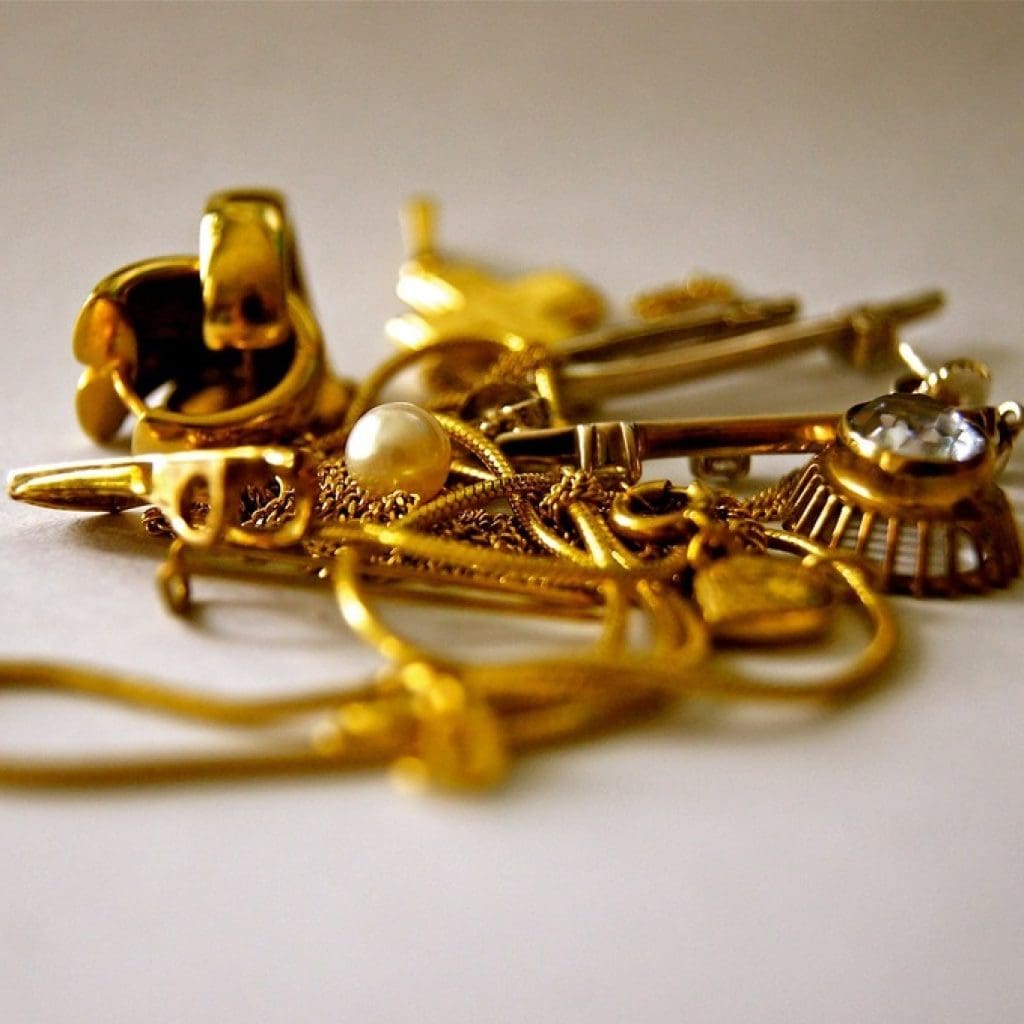
Higher-karat gold, such as 18K and 24K, is much less likely to tarnish because it contains more pure gold and fewer reactive metals. However, even 18K gold can show slight discoloration over time if not properly cared for. To minimize tarnishing, store gold jewelry in a dry place, clean it regularly with a soft cloth, and avoid exposing it to harsh chemicals.
Resources:
- Karat | Meaning, Measurement, Gold, & Usage – Britannica: https://www.britannica.com/
- ¹10k Gold Hoops: https://www.pexels.com/
- ²14k Gold Necklace: https://printerval.com/
- ³18k Gold Gemstone Necklace by Arylza on Flickr: https://www.flickr.com/
- 4 Gold Chains: https://garystockbridge617.getarchive.net/
- Blog outline and revising assisted by AI resources such as Google Gemini.
Gold and Expert Care from My Jewelry Repair
While you’re still here, if you have a gold jewelry or watch piece that needs a repair, you can be sure to trust it to the hands of our Master Craftsmen right here at My Jewelry Repair

Check Out the Magic of Our Repair Services!
